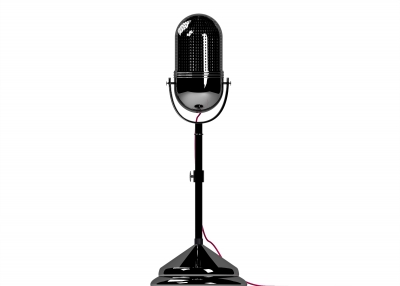-
- 05
Jan - (0)
Remember Voice Technology?
Years ago, while vice president of a small Electronic Health Record company, the dream of speaking into a microphone and having progress notes magically type themselves came up in every presentation, and the answer was similar to today’s answer: “That’s not part of the product, and it’s very possible using a product like Kurzweil Speech Recognition software”. We considered integrating speech recognition into our product.

Even back then, it worked great once you got it set up. The software needed to know your speech patterns, your voice and such. Any idiosyncrasies brought into the mix like dentistry or an injured tongue or a strong accent really threw the software for a loop. Like I said, the software worked fine, it was the setup and changing patterns of our voices that could throw a monkey wrench in the works. Consequently, speech recognition software was seldom used…Oh, I almost forgot, you could have bought our company for what the voice technology cost, so we declined to integrate the product.
The technology is much better now, and still in our field, seldom used. There are a number of high quality systems on the market that are available for a reasonable cost, like Dragon software, (and I imagine Kurzweil, too). You don’t have to go far for examples of how the technology has advanced. Most automated telephone systems with voice recognition do a good job, and the system that bowls me over is the Long Island Railroad system at 718-217-5477. Sometimes on a cell phone under less-than-optimal conditions, you might need to wait a while the system “thinks” about your response, but it picks up from that point well. Voice technology seems to no longer need much coaching or training to deliver what ‘s needed.
In mental health and substance abuse facilities, people ask about this technology for the benefit of those who don’t type. I learned to type in high school. I was a healthy boy and that’s where the girls were. I liked being there and over the years typing became a stream-of consciousness phenomenon. I don’t touch a writing implement often these days. My suggestion throughout the years has been to learn how to type if the effort and price tag is too high for voice technology. In this age of texting, select boxes, templates and drop-down dictionaries, that opinion has to go. The technology seems to have arrived, and by purchasing Voice Technology software for a PC, speaking notes and having them automatically type into memo fields us usually a snap.
Traditionally doctors have been the ones who used voice technology, historically that means Dictaphones. Today, it means software like those mentioned above. Most EHR software will accept input from the software. As I understand, the computer changes the voice input into typed characters, and they look like standard keyboard input to most software when your cursor is focused on a memo field.
It’s only rocket science, and we’ve been doing that since the Chinese invented fireworks rockets, long, long ago.
Once a doctor or other mental health professional uses the software, the text will still need to be edited, since we don’t write like we talk…not a big deal once we get the hang of using it, and that usually means the person using the software has to do the editing. This eliminates the drudgery and expense of having somebody listening to the recorded message and type the notes into the EHR.
Call me old-fashioned. I like to type. If you know professionals who don’t, suggest they look into voice technology; it’s a new world.
- 05

Leave a Reply